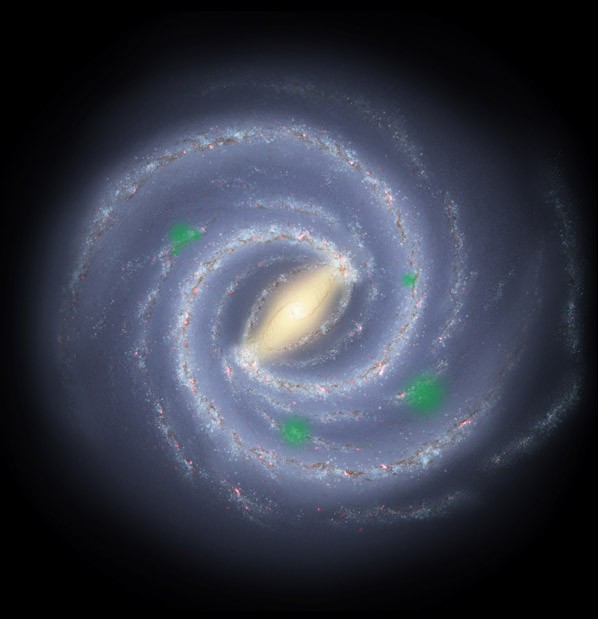Scientists believe that life may have propagated across the Milky Way galaxy similar to a virus, spreading like an epidemic where they are now searching for further proof of a theory called panspermia.
Those who believe in the controversial theory of panspermia suggest that the seeds of life or the building blocks of life were transported somehow from a distant alien world and made its way to Earth.
Researchers from Harvard University now suggest that if a pattern derived from the distribution of inhabited exoplanets in the search for alien life, then those planets could hold evidence of panspermia. According to Harvard researchers Henry Lin and Abraham Loeb, they have created a model that could explain how life may have promulgated from one planet to another and so on.
They believe that if life began with a few planets and then later on spreads through deep space to other alien worlds, then this will reveal a pattern around the galaxy where planets that possess life, may be close to another one in spherical regions that can be separated by voids.
Researchers say that this pattern can provide clues for a mechanism or process how life is transferred between the planets that could carry organic compounds or even involve advanced alien civilizations that are engaged in deep space travel.
Based on this model, life that started on one planet can spread out in every direction possible that is most likely a habitable planet that is orbiting a neighboring star. This will now result in a series of "oasis" events that already spread out throughout the galaxy.
According to lead author of the study, Henry Lin from the Harvard-Smithsonian Center for Astrophysics, our theory suggests that clusters of life forms can grow and overlap, similar to bubbles in a pot of boiling water. The team believes that if Earth is included in the outer edges of those expanding galactic life bubbles, then life bearing worlds could be located behind our solar system and not in front, in the astronomical sense where this pattern might support the theory of panspermia.
Loeb adds that life could spread from one host star to another one in a pattern that is similar to an outbreak of an epidemic where the Milky Way can become infected with pockets of life. Lin also says that if Earth is seeding life or vice versa then, there is a great chance that immediate neighbors will also have signs of life.
This study is published in The Astrophysical Journal Letters.


